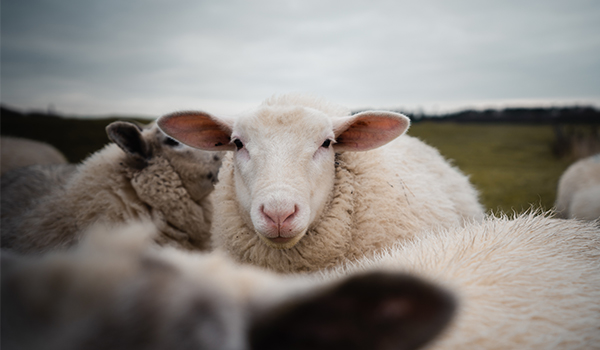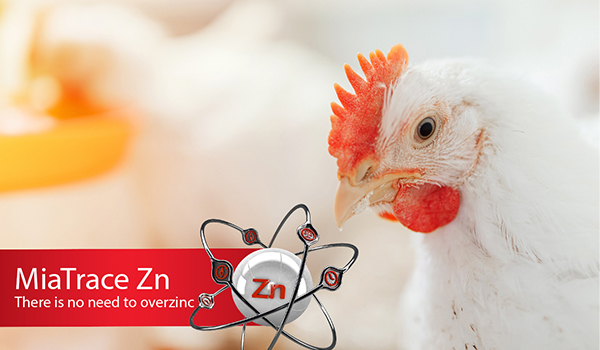
NEW: MiaTrace Zn for poultry
ExpiréThere is no need to overzinc
Zinc in poultry
Zinc is a trace element indispensable for poultry. It plays an important role in many metabolic processes and helps in the development of skin, feathers, eggshell and bones. It is essential for growth as well as reproduction and forms part of some antioxidant enzymes like superoxide dismutase.
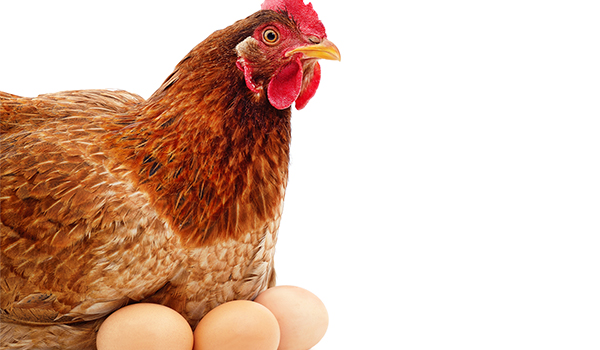
Eggs quality
ExpiréHow oxidation can affect eggs quality?
It is well described in scientific literature how oxidized raw materials and feedstuffs could negatively influence egg quality.
By the use of the proper mixture and quantity of antioxidants in the right moment, those oxidation processes that occurs specially in oils, fats and high energy feedstuffs could be avoid.
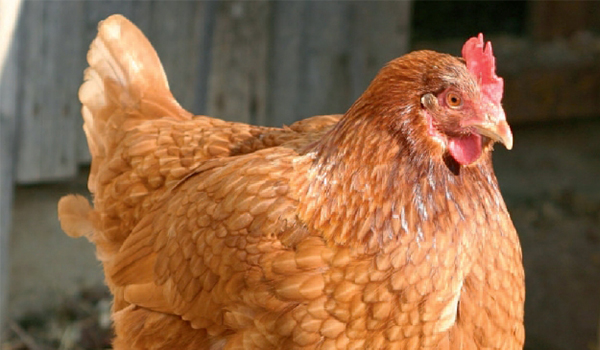
Livervital
ExpiréIt’s all about eggs!
The health of hens is of central importance for a high laying performance and a strong eggshell.
The liver plays an important role in this, as it performs a variety of vital functions. All nutrients are transported via the blood from the digestive tract to the liver, where they are stored, transformed or transported further.
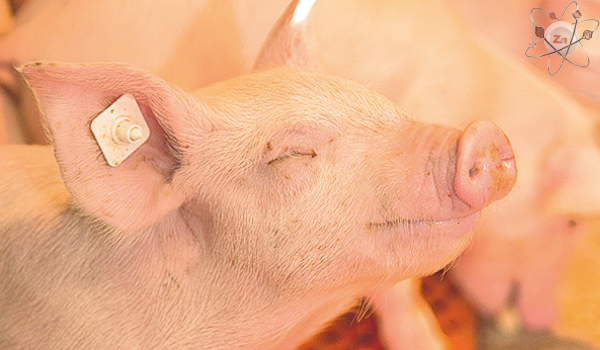
Zinc Webinar
ExpiréFEED MANAGMENT
Training by MIAVIT
The use of pharmacological doses of ZnO is an effective solution used by producers to maintain high piglet performance parameters and prevent and reduce the occurrence of post-weaning diarrhea.

4th Water Webinar
ExpiréAdvantages and Challenges applying Liquids
Training by MIAVIT
Poultry usually consumes twice as much water than feed. Water not only serves as the most important nutrient, but impacts nearly every crucial physiological function inside the body.
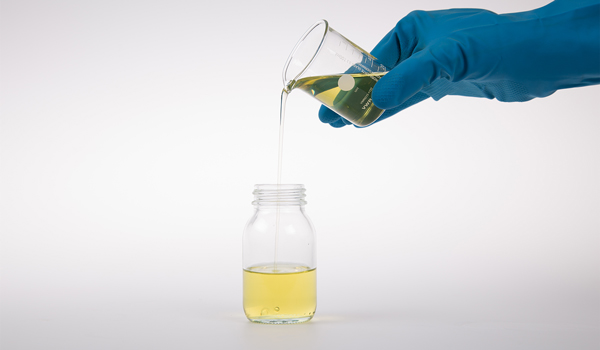
Liquids
ExpiréLiquids in livestock
Why liquids in livestock?
Liquids are a fast and effective way to respond to problems in livestock compared to compound feed:
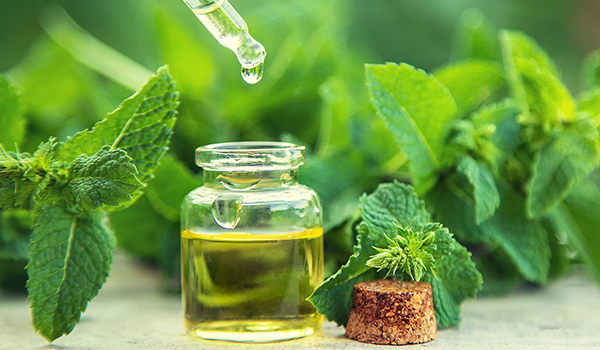
Miarom Classic
ExpiréBotanicals, same same but different
Part 2
Natural is always better! This is the common opinion of many consumers when it comes to the use of additives such as essential oils, flavours and extracts. But what do these three terms actually mean and is it really true that “chemical” is bad? To answer this question, let’s consider the example of the increasingly popular essential oils and aromas.

MiaHeatProtection
ExpiréAlways stay cool
MiaHeatProtection a nutritional solution
Did you know that poultry and pigs can not sweat? For heat dissipation they rely on panting and pigs also over the snout for thermal regulation.

MiaTrace Se
ExpiréMIAVIT innovation
MiaTrace Se for ruminants
Did you know, that …. a high percentage of inorganic sodium selenite is reduced to non-absorbable elementary selenium by the rumen microbiota? This can easily cause a selenium deficiency and lead to a higher incidence of infectious diseases, reduced fertility and performance as selenium is critical for immunity and nutrient metabolism.

Miarom Classic
ExpiréBotanicals, same same but different
Part 1
It is widely known that certain plants or parts of plants can have an effect on the well-being and performance of animals. This can be purely aromatic (vanilla) to make the taste of feed and water more attractive to the animals, but there are also direct effects on intestinal health (oregano) or the respiratory tract (thyme, mint).
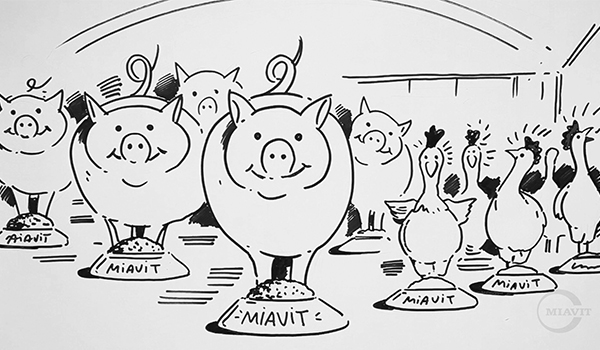
MiaPhenol
ExpiréNatural Polyphenols for cost effective feed production
One product two applications
A tense market situation for Vitamin E leads to increasing prices worldwide. Due to the high antioxidative potential of MiaPhenol feed cost savings are realizable.
Page 6 sur 7
